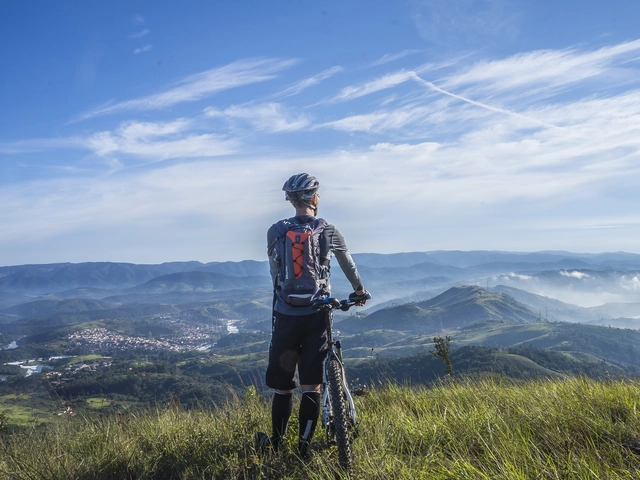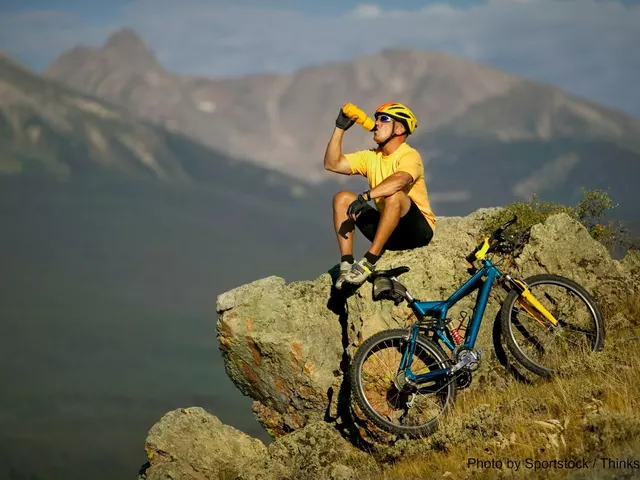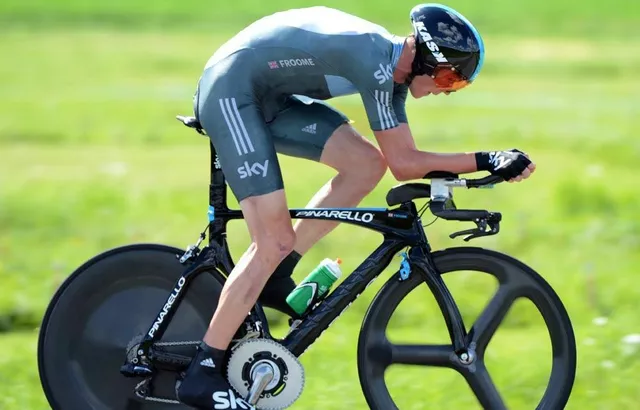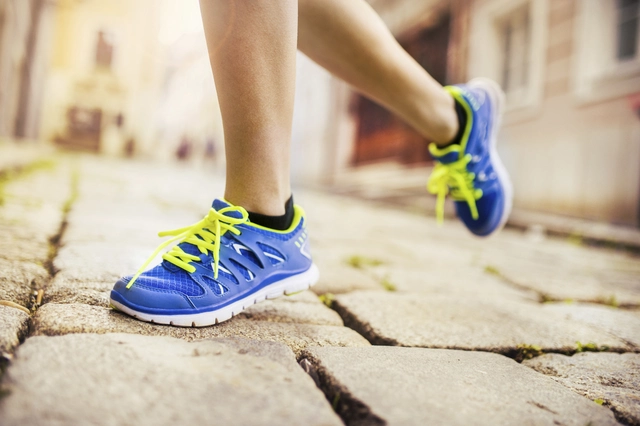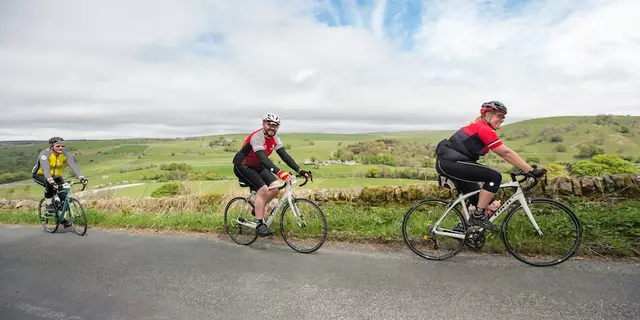Foot Races in Skipton – What You Need to Know
If you live in or near Skipton and love a good run, you’ve landed in the right spot. Foot races here range from casual 5Ks to challenging trail runs, and there’s something for every pace and schedule. Below you’ll find quick tips on getting started, what to bring, and where to find the next race on the calendar.
How to Pick the Right Race
First thing – don’t chase a race that’s way beyond your current fitness. Look at the distance, terrain and the date. A flat 5K on a Saturday morning is perfect for beginners, while a mixed‑terrain 10K or a short hill repeat fits riders who already log a few miles a week. Check the event page for a course map; a quick glance tells you if you’ll be on road, path or a mix.
Second, think about the vibe you want. Some races are family‑friendly with music and a post‑run coffee stall. Others are more competitive, offering timed chips and prize packs. Pick the one that matches your mood – you’ll enjoy it more and it’ll keep you coming back.
Training Basics for Any Distance
Don’t overthink it – a solid plan is simple. Start with three runs a week: one easy jog, one slightly faster tempo run, and one longer, slower run. Build mileage by adding about 10% each week. If you’re new, aim for 2–3 miles per session and gradually work up to the race distance. Include a short stretch routine after each run to keep muscles flexible.
Strength work also helps. A quick 15‑minute circuit of squats, lunges and core planks twice a week reduces injury risk and makes hills feel easier. If you have a local park, try a few hill repeats: run up, jog down, repeat five times. That extra push translates to faster flat races.
Finally, practice race day gear. Run the last week’s long run in the shoes, socks and shirt you plan to wear on race day. This checks for blisters, chafing or uncomfortable seams. A good pair of breathable shoes with proper fit is worth the investment – they’ll protect your feet and improve efficiency.
When the race day arrives, arrive early. Use the extra time to warm up with a light jog and some dynamic stretches (leg swings, high knees). Hydrate, but don’t overdrink – a sip of water 15 minutes before the start is enough.
During the race, start slower than you think you should. Over‑enthusiasm in the first kilometer often leads to burnout later. Find a comfortable rhythm, focus on breathing, and enjoy the scenery. If you’re racing a trail, watch footing and stay relaxed on uneven sections.
After crossing the finish line, keep moving for a few minutes to let your heart rate drop gradually. Stretch the major muscle groups – calves, quads and hamstrings – to aid recovery.
Skipton’s running community is friendly and supportive. Join a local club, follow the club’s social media, or sign up for the newsletter on the Skipton Cycling Enthusiasts site to get updates on upcoming foot races. Whether you’re aiming for a personal best or just want a fun weekend activity, the right race and a simple training plan will get you there.
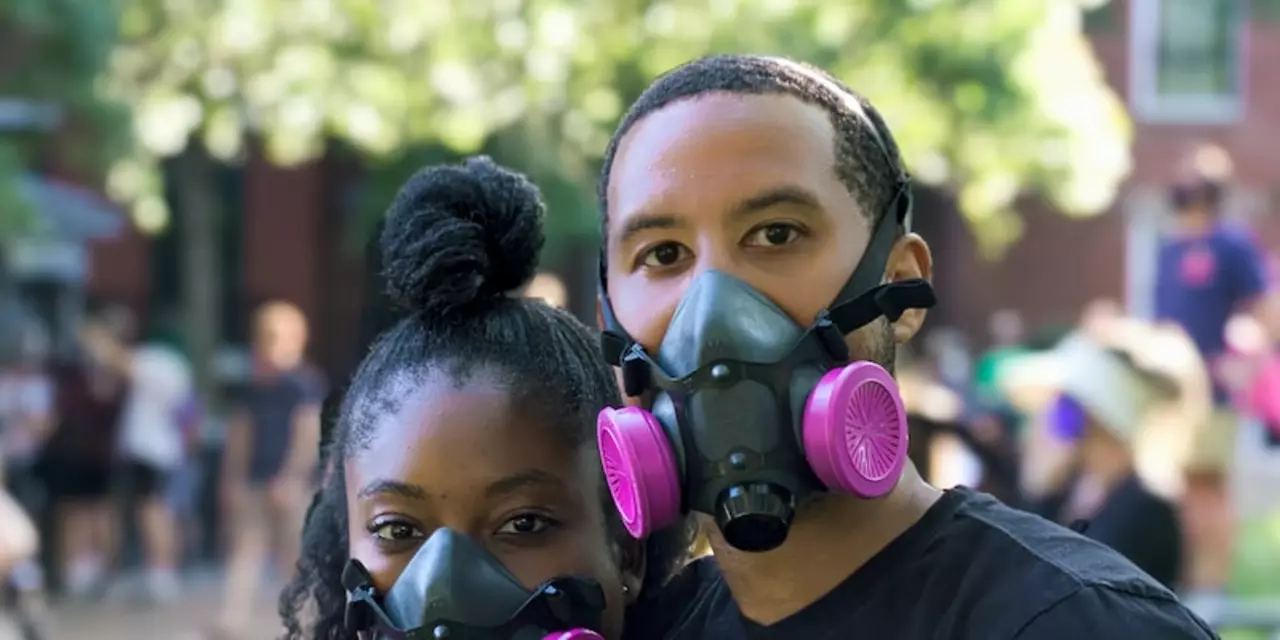
Why are foot races won by Africans and bike races not?
African runners have been dominating the international running scene for decades, winning many of the world's most prestigious races. This dominance has been attributed to their superior genetics, specifically the ability to produce more hemoglobin, which can carry more oxygen to the muscles. However, their success in running events has not been seen in cycling, where Europeans have traditionally been the ones to dominate. This is due to the fact that cycling events require more than just physical strength and endurance, as the riders need to have a greater level of technical skill and knowledge to be successful. Additionally, cycling is a sport that requires a lot of expensive equipment, which African countries may not have access to.
View More